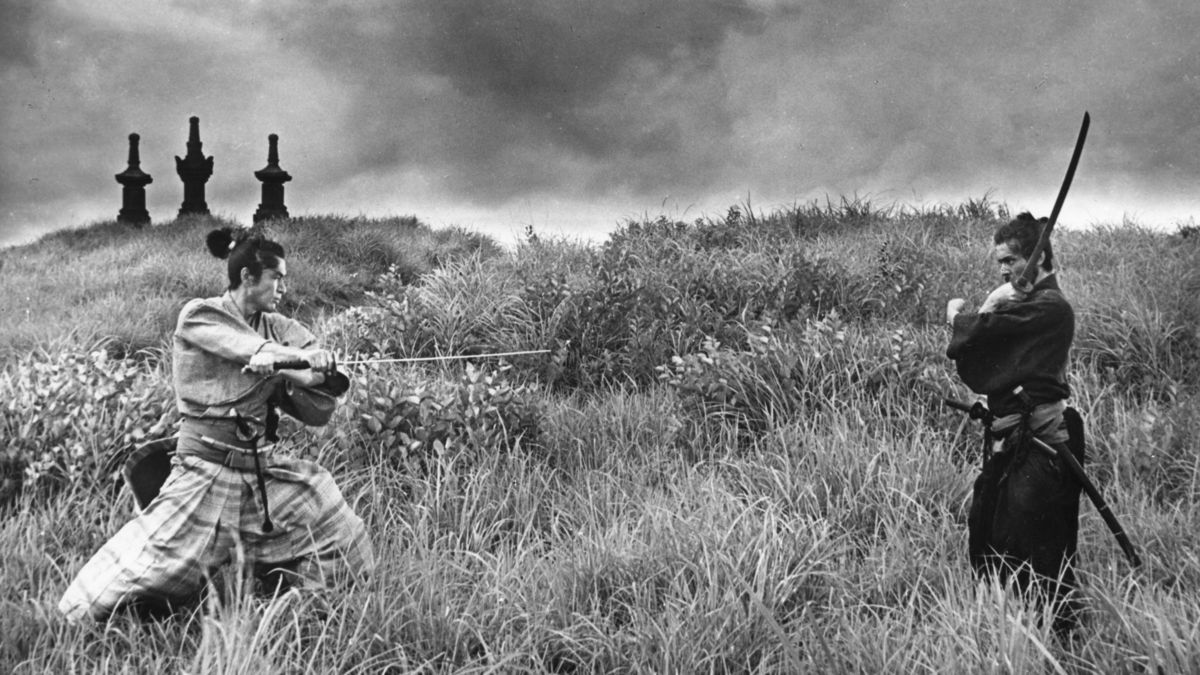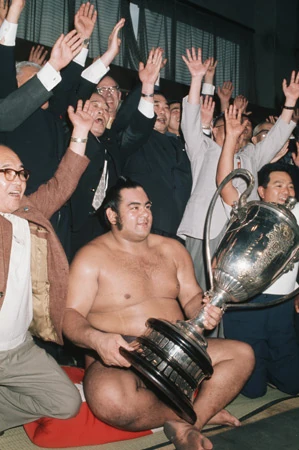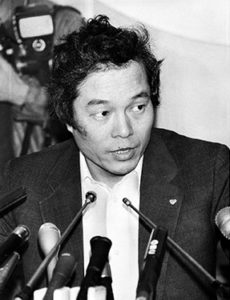This week: we take a look at postwar samurai film/jidaigeki in order to understand better the trajectory of the most…
This week: we wrap up the miniseries with the end of Akebono’s career, as the first gaijin yokozuna takes his…
This week: Akebono becomes a yokozuna, and finds himself burdened with new expectations on and off the dohyo. Plus, a…
This week: in the span of just a few years, Akebono goes from a rookie in sumo to one of…
This week: Chad Rowan, who will be the first non-Japanese yokozuna in history, is the subject for the rest of…
This week: after Taiho, the floodgates open as more non-Japanese rikishi begin to enter the sport. One of them, Takamiyama,…
This week, we’re beginning a new miniseries on the legends of Japan’s most ancient sport: sumo. What can we learn…
For our final episode of this miniseries: Miyazaki Manabu faces down with the National Police Agency as he finds himself…
In our penultimate episode for this miniseries: Miyazaki Manabu narrowly escapes doing prison time, only to end up back in…
This week: Miyazaki’s time as a politics reporter, the end of his reporting career, and his return to the family…









